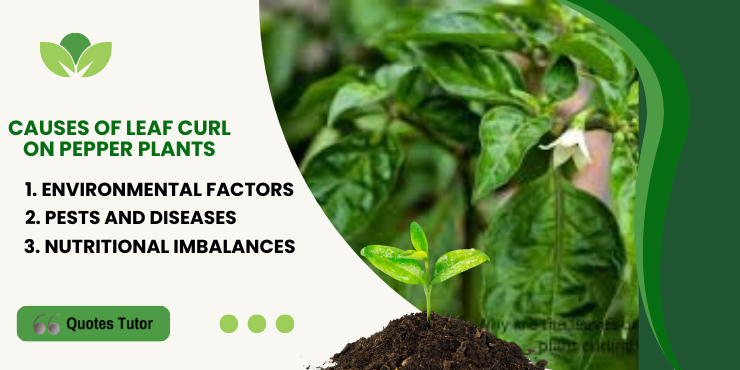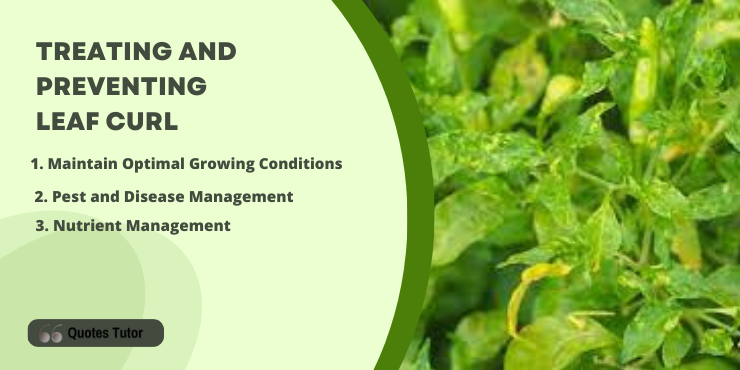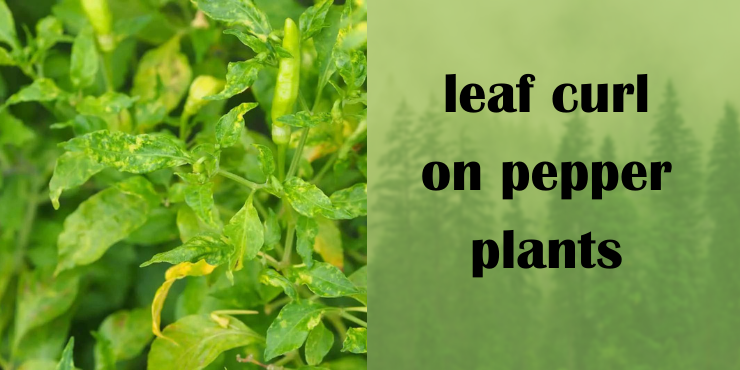When it comes to cultivating leaf curl on pepper plants, nothing is more disheartening than observing your once-thriving plants exhibiting signs of distress. Leaf curl, a common ailment affecting pepper plants, can be a cause of concern for gardeners and plant enthusiasts. In this article, we’ll delve into the various aspects of leaf curl on pepper plants, including its causes, treatment strategies, and preventive measures.
Understanding Leaf Curl on Pepper Plants
What is Leaf Curl?
Leaf curl, as the name suggests, is a phenomenon where the leaves of a pepper plant display abnormal curling or twisting. This condition not only affects the aesthetic appeal of the plant but can also hinder its growth and productivity.
Identifying the Symptoms
Leaf curl typically presents itself through the following symptoms:
- Curling and Distortion: The leaves appear to curl inwards, resembling a claw-like shape, and may display noticeable distortion.
- Discoloration: Affected leaves may show discoloration, including yellowing or bronzing.
- Reduced Growth: The plant’s overall growth may be stunted, and new leaves might be smaller than usual.
- Leaf Drop: In severe cases, the affected leaves might drop prematurely, further compromising the plant’s health.
Causes of Leaf Curl on Pepper Plants

1. Environmental Factors
Environmental conditions play a significant role in the development of leaf curl. Factors such as:
- Temperature Fluctuations: Sudden changes in temperature, especially cold snaps, can trigger leaf curl.
- Humidity Levels: High humidity, often accompanied by poor air circulation, can contribute to leaf curl development.
2. Pests and Diseases
Certain pests and diseases can also lead to leaf curl:
- Aphids and Whiteflies: These tiny insects feed on the sap of the plant, causing leaf distortion.
- Viral Infections: Viruses like the cucumber mosaic virus can induce curling and twisting of leaves.
3. Nutritional Imbalances
An imbalance in essential nutrients can result in leaf curl:
- Calcium Deficiency: Inadequate calcium levels can lead to distorted growth and curled leaves.
- Magnesium Deficiency: Similar to calcium, magnesium deficiency can cause leaf curl.
Treating and Preventing Leaf curl on pepper plants

1. Maintain Optimal Growing Conditions
- Temperature Control: Shield pepper plants from sudden temperature fluctuations using protective covers during colder periods.
- Humidity Management: Ensure proper ventilation and avoid overwatering to prevent excess humidity.
2. Pest and Disease Management
- Regular Inspections: Monitor plants frequently for signs of pests and diseases. Employ natural predators or organic insecticides if needed.
- Isolation: Quarantine new plants before introducing them to the garden to prevent potential infections.
3. Nutrient Management
- Balanced Fertilization: Provide a well-balanced fertilizer regimen to ensure the plant receives essential nutrients.
- Calcium and Magnesium Supplementation: Incorporate calcium and magnesium-rich amendments to the soil to prevent deficiencies.
Final Thought:
Leaf curl on pepper plants can be a distressing issue for gardeners, but with the right knowledge and proactive measures, it can be effectively managed. By understanding the causes, implementing proper treatment methods, and practicing preventive measures, you can ensure the health and vitality of your pepper plants.
Frequently Asked Questions (FAQs):
- Can leaf curl spread from plant to plant? Leaf curl caused by viruses can spread to nearby plants through infected vectors like aphids.
- Is it possible to reverse leaf curl once it appears? In some cases, improving growing conditions and nutrient levels can lead to partial recovery of affected leaves.
- Are chemical pesticides the only solution for managing pests? No, there are many natural and organic alternatives that can effectively control pest populations.
- How frequently should I fertilize my pepper plants? Fertilize according to the specific needs of the pepper variety, but generally, a balanced fertilizer can be applied every 4-6 weeks.
- Is leaf curl a sign of irreversible damage? If addressed promptly and adequately, many cases of leaf curl can be mitigated, and the plant’s health can be restored.
